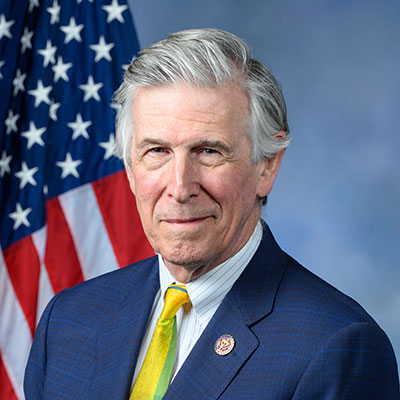Opinion Pieces
Rep. Beyer In Scientific American: It’s Time For Congress to Support Fusion EnergyFusion devices for clean, safe, and affordable electricity and industrial heat are making advances and need a push
Washington,
June 4, 2021
Originally Published in Scientific American
But there is a technological solution on the horizon that has the potential to permanently solve this energy problem, give us a powerful weapon against the climate emergency and unlock unimaginable economic potential. This technology is fusion energy. And once commercialized, it could provide vast amounts of zero-carbon energy at low costs. The U.S. Congress needs to get behind this approach.
For decades the tantalizing possibilities of fusion have been the province of futurists. The temperatures and pressure required to enable fusion processes are significant, and the materials necessary to harness and control the reaction long surpassed our technological capabilities. But scientists and engineers have methodically tackled these challenges, and are starting to bring fusion power for humanity out of the realm of science fiction. A burgeoning U.S. fusion industry is making progress towards introducing energy-producing devices that will provide clean, safe, and affordable electricity and industrial heat. Several American companies are already working on the goal of commercializing fusion technology and providing power to the grid, with recently reported successes contributing to an optimistic outlook. The Department of Energy’s Fusion Energy Sciences Advisory Committee recently recommended starting up a U.S. experimental pilot plant by the 2040s. A preliminary design for such a plant should be completed by 2025, according to a strategic plan published earlier this year by the National Academies of Science, Engineering and Medicine. This effort dovetails with international research, principally the fusion experiment called ITER, located in France and scheduled to start operations within the next ten years. Researchers and policymakers within the U.S. and international fusion community agree that ITER has kept fusion moving forward, taking advantage of significant advances in materials and computing and an evolving understanding of what it takes to make fusion work. The U.S government has helped to fund ITER, and that money often supports contracts held by U.S. companies, labs and academic institutions. It has been an important source of international cooperation. This type of progress means that investments from the federal government could help put fusion on a path to become a cornerstone in the fight against the climate emergency. Until now, Congress’s attention on energy topics has largely been dominated by debates over fossil fuels and questions of whether, and how much, to support established renewables. The time has come for Congress to take fusion energy more seriously, to educate its members on this energy’s incredible potential and to make smart investments that could reap tremendous benefits. I recently formed the Congressional Fusion Energy Caucus to help achieve these ends. Our new working group brought together members of Congress from both parties, including party leaders, who believe fusion should be part of the climate solution. We are not just doing this for symbolism or to check a box. I worked with this group to spearhead a bipartisan push to significantly increase federal investments in fusion energy through the Department of Energy’s Fusion Energy Sciences program. This increase would fund scientific infrastructure, as well as research and development, to accelerate current advances. Critics have argued that we spend too much on fusion given the lack of tangible results to date, but the potential reward on investment is astronomically high. Conversely, the costs of failure to develop clean energy sources with the capacity to power our grid is unacceptable. We are closer than we have ever been before to success. We are already seeing that the green economy holds huge potential for economic growth. Clean energy jobs are one of the fastest growing sectors of employment, including in Virginia, which I represent in the U.S. House of Representatives. Internationally, we often find ourselves in competition with other nations that invested early in things like solar technology. This is the time to put America on stronger footing to develop what could someday be the most important and powerful source of energy in human history. |

